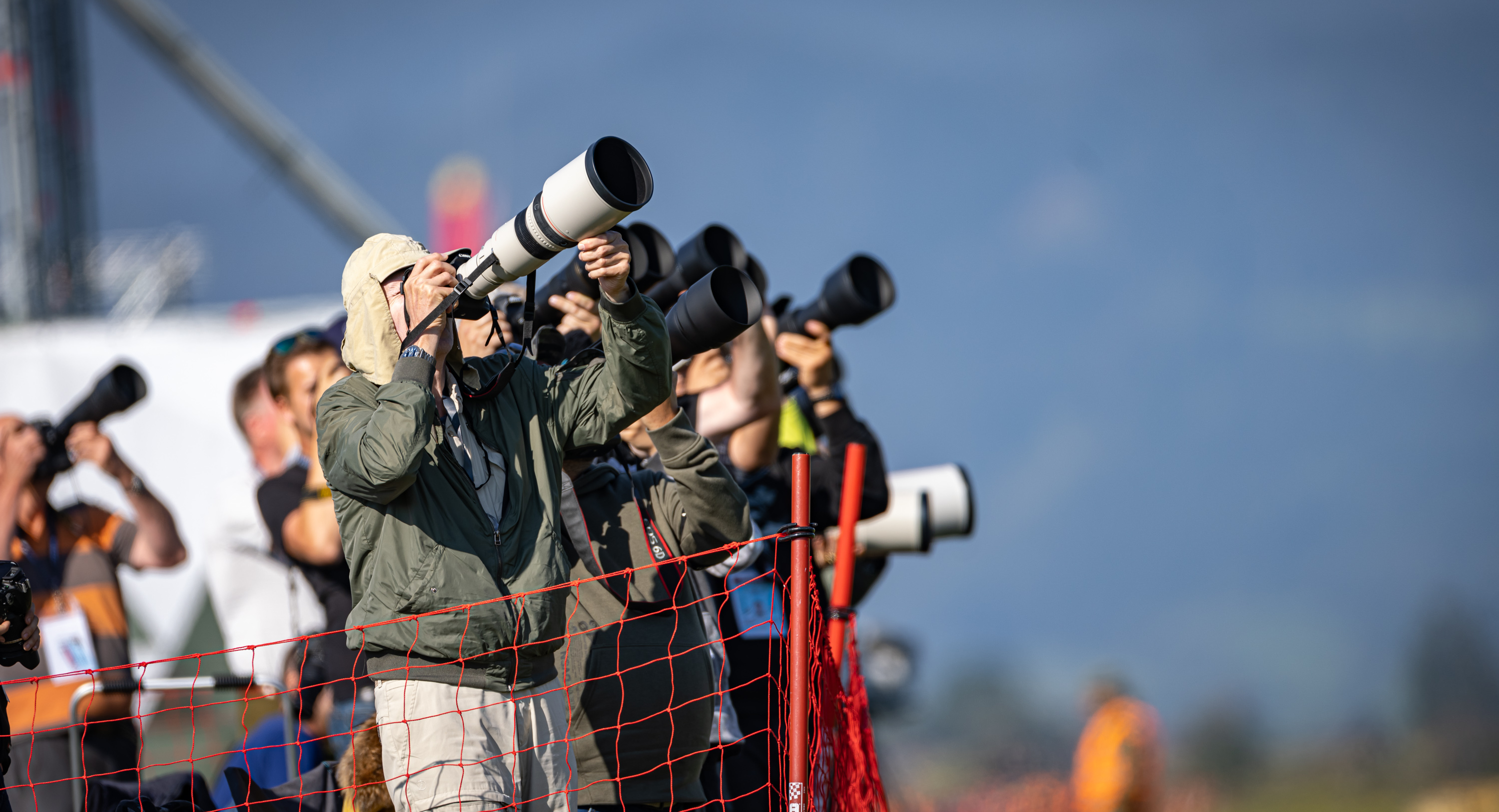
The AB 212 builds on the proven technical helicopter design of the Bell UH-1D in key aspects. Among other things, this had proved particularly useful in air rescue. After an experimental model with a version designated as Model 208 “Twin Delta”, the model was further developed into the 212. The helicopter’s maiden flight took place in April 1969 and series deliveries began in 1971. Starting in 1988, Bell moved production to Canada. The military variant of the Bell 212 received the designation UH-1N Iroquois or alternatively Twin Huey.
The helicopter is used especially by government agencies for tasks such as air rescue and police missions. For example, the Bell 212 (which was manufactured under license as the AB 212 by the Agusta company in Italy) has been in service with the Austrian Army for some time as a medium transport helicopter for various tasks.
The Agusta Bell 212, certified for a total of 14 people, has a two-blade main and tail rotor, a skid landing gear, and is capable of instrument flight. It is highly versatile thanks to its outside load hook and quick-attach winch. In addition to external load transports, it is used, inter alia, for rescue and mountain flights, as well as geophysical measurements (with a probe).
The Austrian Air Force’s AB 212 fleet has undergone a comprehensive avionics modernisation programme in recent years, with the mid-life upgrade (MLU) helicopters equipped with monitors and advanced navigation, communications, and self-defence systems.
In summary, the midlife update has significantly expanded the mission spectrum as well as the capabilities of the AB-212 while reducing the crew workload. The overall package thus ensures a significant contribution to increasing flight safety in the daily operations of the AB-212 fleet.
Agusta Bell AB-212
Technische Daten :